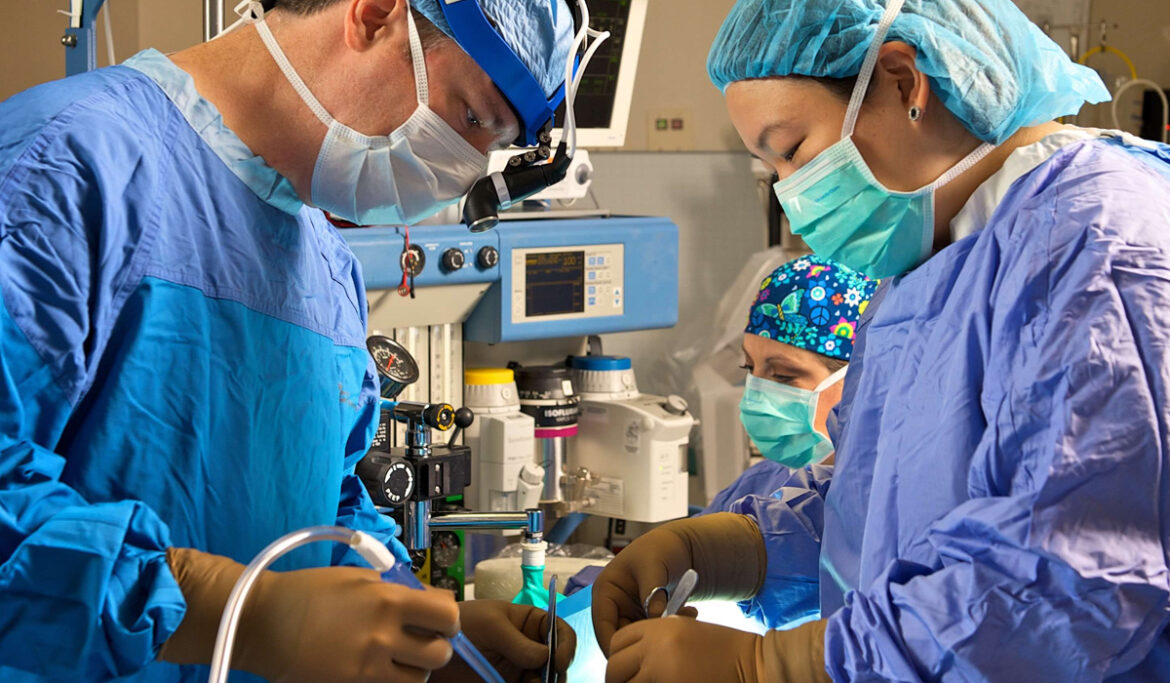What is Gallbladder Cancer?
The cancer that starts in the gallbladder is known as gallbladder cancer. This cancer starts in the innermost layer of tissue that then spreads from the outer layers as it develops. A gall bladder is basically located on the right side of the abdomen, just below the liver. Bile (a digestive fluid) is stored in the gallbladder.
Types of Gallbladder Cancer
Gallbladder cancer has been categorized into different types that depend on the cells affected. A large number of gallbladder cancers are Adenocarcinomas which is considered as the most common type. Adenocarcinomas begin in the gland cells that line the gallbladder. Papillary Adenocarcinomas, also referred to as papillary cancer, is also considered as a type of gallbladder cancer. Other uncommon gallbladder cancers include squamous cell carcinoma, adenosquamous carcinoma, sarcomas and small cell carcinomas.
Causes of Gallbladder Cancer
There are no known causes of gallbladder cancer. When there are changes in the DNA of healthy gallbladder cells then it results in the development of gallbladder cancer. These changes result in uncontrollable growth of cells that continue to live instead of dying. The build-up of these cells develops a tumor that can grow beyond the gallbladder and spreads to different body parts.
Symptoms of Gallbladder Cancer
There are no visible symptoms of gallbladder cancer in its early stages. Some of the later symptoms include –
- Jaundice
- Pain in the upper right side of the abdomen
- Weight loss
- Feeling sick or feeling of vomiting
- Enlarged gallbladder
- Bloating
- Fever
Stages of Gallbladder Cancer
Stage 1: At this initial stage, only the wall of the gallbladder is affected by the cancer.
Stage 2: The second stage is marked by the spread of the cancer through the full thickness of the gall bladder wall but has not been spread to surrounding organs or nearby lymph nodes.
Stage 3: The third stage is marked by the spread of the cancer to lymph nodes near the gallbladder or the cancer has spread to the stomach, small bowel, liver or colon.
Stage 4: The last and final stage is marked by the spread of the cancer deeply in 2 or more organs near the gallbladder or the cancer has spread to organs or lymph nodes. This is also termed as secondary or metastatic cancer.
Diagnosis of Gallbladder Cancer
A doctor carefully examines the symptoms and medical history of a patient. A number of tests are performed for diagnosing gallbladder cancer that include –
- Keyhole surgery (a laparoscopy) is performed by making a small incision in the abdomen for viewing the surrounding tissue and the gallbladder. Small samples are then taken and are further examined in the laboratory. A laparoscopy is done under general anesthesia.
- A scan that includes MRI scan or CT scan helps in producing images of the gallbladder.
- Endoscopic Retrograde Cholangio-Pancreatography (ERCP) helps in determining the blockage or narrowing of the pancreatic or bile duct. A patient is required to swallow a flexible and narrow tube having a telescopic camera known as an endoscope that will be further passed into the bile duct.
- A blood test helps in determining the liver functioning and general health of a patient. Bilirubin levels can also be checked with the help of a blood test.
Treatment of Gallbladder Cancer
The treatment of gallbladder cancer has been categorized into surgical and non-surgical treatments.
Surgical Treatments : Surgery is considered as the best treatment for gallbladder cancer. A Cholecystectomy operation is performed for removing the gallbladder when the cancer has not spread beyond the wall of the gallbladder. Sometimes it is also required to remove tissues if the cancer has spread beyond the gallbladder. The surgical procedure also helps in relieving the symptoms and also aims at preventing jaundice when the cancer has spread to the nearby tissues such as lymph nodes, liver or stomach. Palliative therapy is the name given to this procedure. A stent may also be inserted in order to drain the bile properly into the digestive system.
Non-Surgical Treatments
- Photodynamic Therapy : A laser and a light sensitive medicine are used in this therapy for destroying the cancer cells. The different gallbladder symptoms can also be relieved by the means of this therapy. The injection of the medicine is done into a vein that will travel through the body which is then taken up by the cells. A laser is then passed over the cells for activating the drug that will eventually kill all the cancer cells.
- Radiotherapy : Radiation is used in this therapy for destroying the cancer cells. The shrinking of the tumor is done by targeting a beam of radiation on the cancer cells. This therapy is used for providing relief from the symptoms when there is advanced stage of gallbladder cancer. Remaining cancer cells can also be destroyed by the means of this therapy. Many times chemotherapy is also combined with radiotherapy.
- Chemotherapy : Chemotherapy is used when the surgery was not able to remove the gallbladder cancer or it has spread to other body part. The goal of this therapy is to slow down the growth of the cancer or to shrink the tumor.
- Stent Insertion : The insertion of a small tube is done at the time of ERCP (Endoscopic Retrograde Cholangio-Pancreatography) when there is a blockage in the bile duct caused by the gallbladder cancer. This helps in relieving jaundice without performing any surgical procedure.
